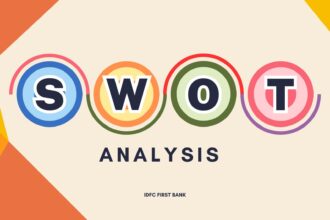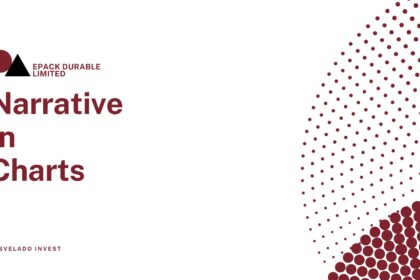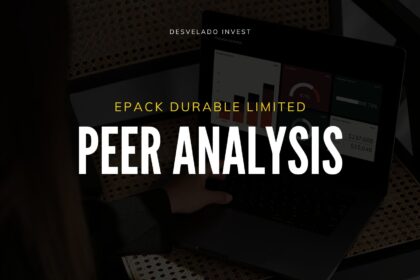NSE: IDFCFIRSTB
Strengths
Strong Capitalisation Profile:
• As of March 31, 2024, IDFC FIRST Bank’s CET I ratio was 13.36% and CRAR was 16.11%, slightly down from March 31, 2023, due to increased risk weights on certain loans.
• Despite raising ₹3,000 crore in Q3 FY2024 and ₹2,200 crore in FY2023, the capital ratios were impacted by 80 bps and 100 bps, respectively.
• The bank also raised ₹5,000 crore during FY2021 and FY2022 to support growth and manage higher operating expenses and credit costs during the pandemic.
Healthy Growth in Deposits:
• The deposit base grew by ~38.7% to ₹2.01 lakh crore in FY2024.
• Retail CASA and term deposits accounted for 78% of total customer deposits as of March 31, 2024, up from 76% in 2023.
• CASA levels declined to 47.2% from 49.8% in 2023, yet remained above the private sector average.
• High-cost legacy long-term borrowings decreased from 8.8% of total borrowings and deposits in 2023 to 4.7% in 2024, expected to reduce further, lowering the overall cost of funds.
Earnings Profile Improvement:
• A focus on retail and a favorable asset mix increased net interest margins and fee income.
• Higher operating expenses due to retail segment growth, branch network expansion, and technology investments have kept profitability lower than the private sector average but on an improving trajectory.
• RoA was 1.10% in FY2024, slightly down from 1.13% in FY2023.
• Branch maturation and increased cross-selling are expected to support future profitability.
Granularisation of Loan Book:
• Gross advances grew by 28% YoY to ₹1.97 lakh crore as of March 31, 2024.
• Retail, rural, and SME banking accounted for ~84% of total gross advances, up from ~81% in 2023.
• Corporate (non-infrastructure) loans grew by 16% YoY, while the share of infrastructure loans declined.
• The changing loan profile has supported profitability, with a focus on maintaining asset quality and profitability in these segments.
Challenges
Monitorable Impact of Macroeconomic Factors:
• The gross fresh slippage rate declined to 3.5% of standard advances in FY2024 from 3.9% in FY2023 but remained higher than the banking sector average due to IDFC FIRST’s segment and product mix.
• Despite this, the bank maintained high collection efficiency (over 99.5%), excluding pre-payments and collection arrears, resulting in a lower net slippage rate of 1.87% in FY2024.
• The granular nature of slippages contributed to better recoveries and upgrades.
• The bank maintained a high provision cover, and both gross non-performing advances (GNPAs) and net non-performing advances (NNPAs) improved in FY2024.
• The standard restructured book was 0.3% of funded assets, and SMA-1 and SMA-2 loans (retail, rural, and SME) were 0.9% as of March 31, 2024, providing some comfort regarding future asset quality.
• Sustaining these collection and NPA levels amid high interest rates and geopolitical issues remains a key monitorable for asset quality.
Higher Cost of Funds Compared to Private Sector Average:
• IDFC FIRST’s strong deposit growth in recent years has helped replace higher-cost legacy borrowings, reducing the overall cost of interest-bearing funds.
• This has narrowed the gap between the bank’s cost of funds and the private sector average in FY2024.
• Continued replacement of legacy borrowings with lower-cost deposits will further support efforts to reduce this cost differential.
• As the share of legacy borrowings declines, future cost reduction will depend on the bank’s ability to mobilize deposits at competitive rates, especially given its strong growth targets.







